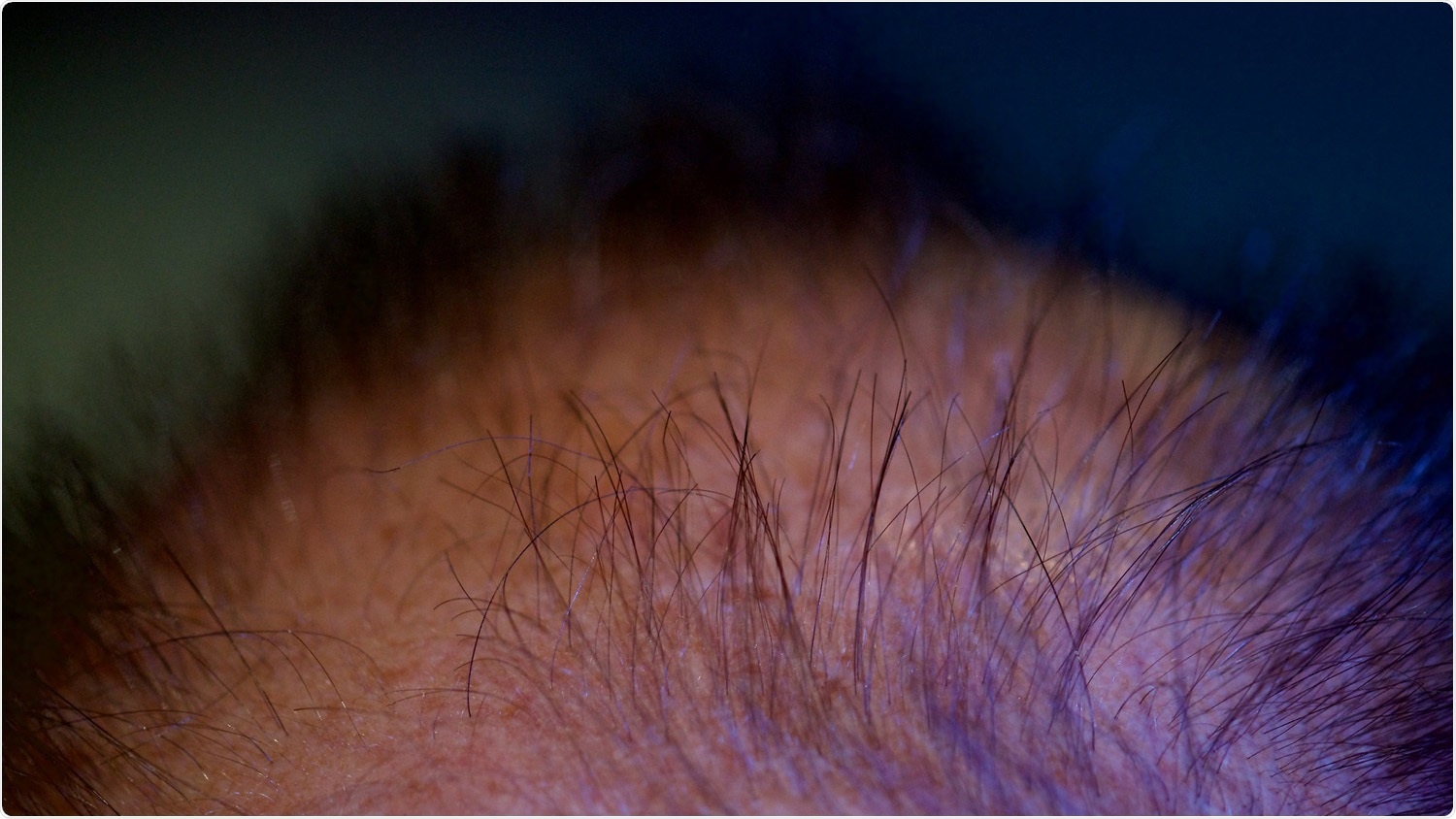A research team from North Carolina State University has discovered a microRNA, or miRNA, that could make hairs to grow again.

Image Credit: Plashing Vole. Shared under a Creative Commons license.
Called miR-218-5p, the miRNA plays a crucial role in controlling the route involved in the regeneration of hair follicles and could be a potential candidate for developing drugs in the days to come.
The health of dermal papillae (DP) cells governs the growth of hairs. These cells control the growth cycle of hair follicles. Present-day treatments meant for hair loss can be both ineffective and expensive, spanning from chemical treatments to invasive surgeries that fail to give the required result.
According to new hair loss research, hair follicles do not vanish where balding takes place, but they simply reduce in size. The follicles may recover if the DP cells are replenished at those thinning sites.
Now, researchers have cultured the DP cells separately (2D) and also in a 3D spheroid setting. The team was headed by Ke Cheng, Randall B. Terry, Jr. Distinguished Professor in Regenerative Medicine at the College of Veterinary Medicine in North Carolina State University (NC State) and professor in the NC State/UNC Joint Department of Biomedical Engineering.
A spheroid is a 3D structure of cells that effectively reproduces the natural microenvironment of a cell.
In a hair regeneration mouse model, Cheng observed that the hair regrew quickly on mice that were treated with 3D spheroid-cultured DP cells in a keratin scaffolding, 2D cultured DP cells, and Minoxidil—a commercial hair loss treatment.
In a trial that was conducted for 20 days, the researchers noted that mice that were treated with the 3D DP cells regained a hair coverage of 90% at 15 days.
The 3D cells in a keratin scaffold performed best, as the spheroid mimics the hair microenvironment and the keratin scaffold acts as an anchor to keep them at the site where they are needed. But we were also interested in how DP cells regulate the follicle growth process, so we looked at the exosomes, specifically, exosomal miRNAs from that microenvironment.”
Ke Cheng, Randall B. Terry, Jr. Distinguished Professor in Regenerative Medicine, North Carolina State University
Exosomes are essentially small sacs released by cells that play a crucial role in cellular interaction. These tiny sacs contain miRNAs.
MiRNAs can be described as tiny molecules that control the expression of genes. Along with his team, Cheng quantified miRNAs in exosomes extracted from both 2D and 3D DP cells. In exosomes derived from 3D DP cells, the team identified miR-218-5p, a miRNA that improves the molecular route that supports the growth of hair follicles.
The researchers observed that when miR-218-5p levels were increased, they promoted the growth of hair follicles. Similarly, when miR-218-5p levels were inhibited, they impaired the function of hair follicles.
Cell therapy with the 3D cells could be an effective treatment for baldness, but you have to grow, expand, preserve and inject those cells into the area. MiRNAs, on the other hand, can be utilized in small molecule-based drugs. So potentially you could create a cream or lotion that has a similar effect with many fewer problems. Future studies will focus on using just this miRNA to promote hair growth.”
Ke Cheng, Randall B. Terry, Jr. Distinguished Professor in Regenerative Medicine, North Carolina State University
Source:
Journal reference:
Hu, S., et al. (2020) Dermal exosomes containing miR-218-5p promote hair regeneration by regulating β-catenin signaling. Science Advances. doi.org/ 10.1126/sciadv.aba1685.